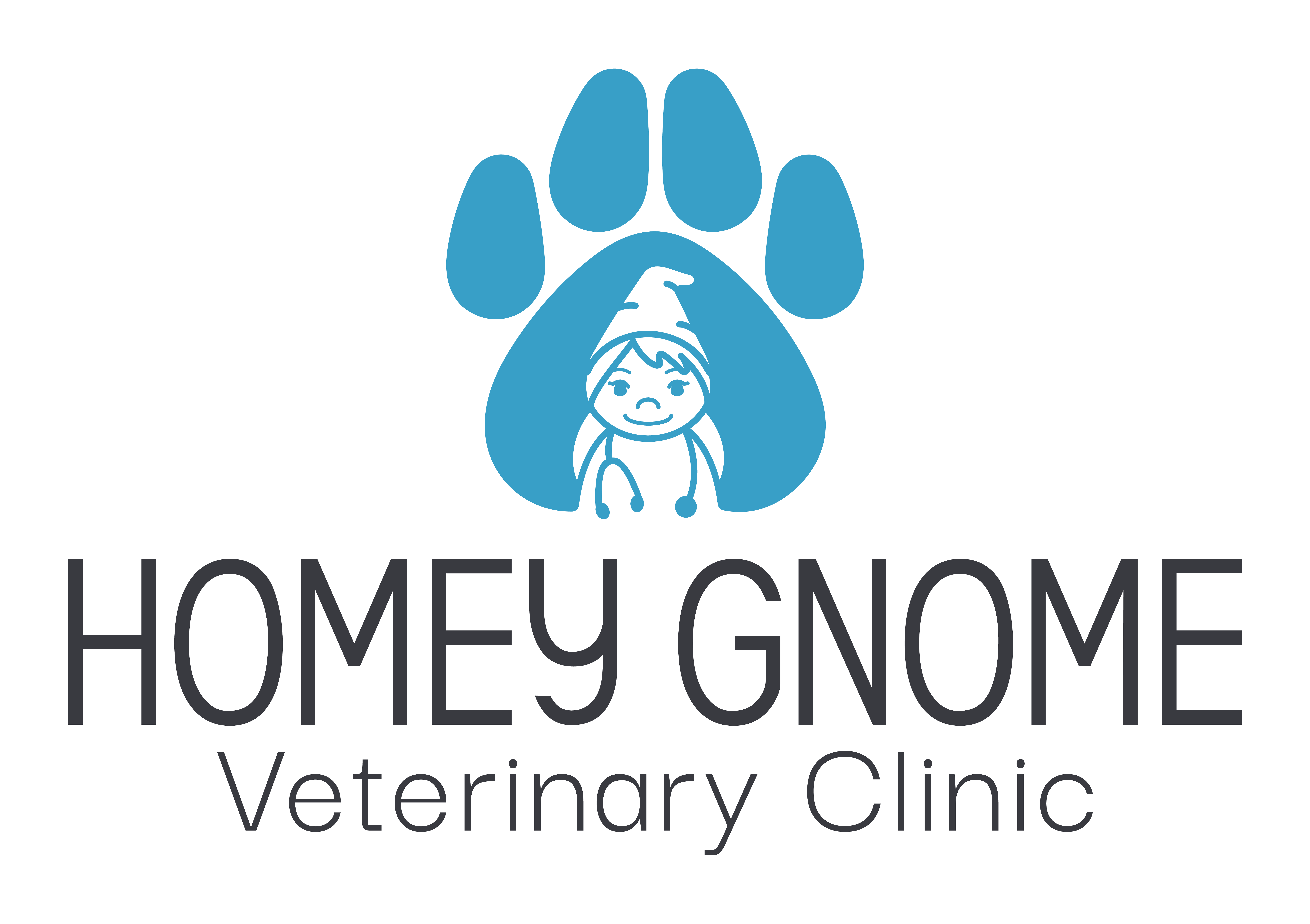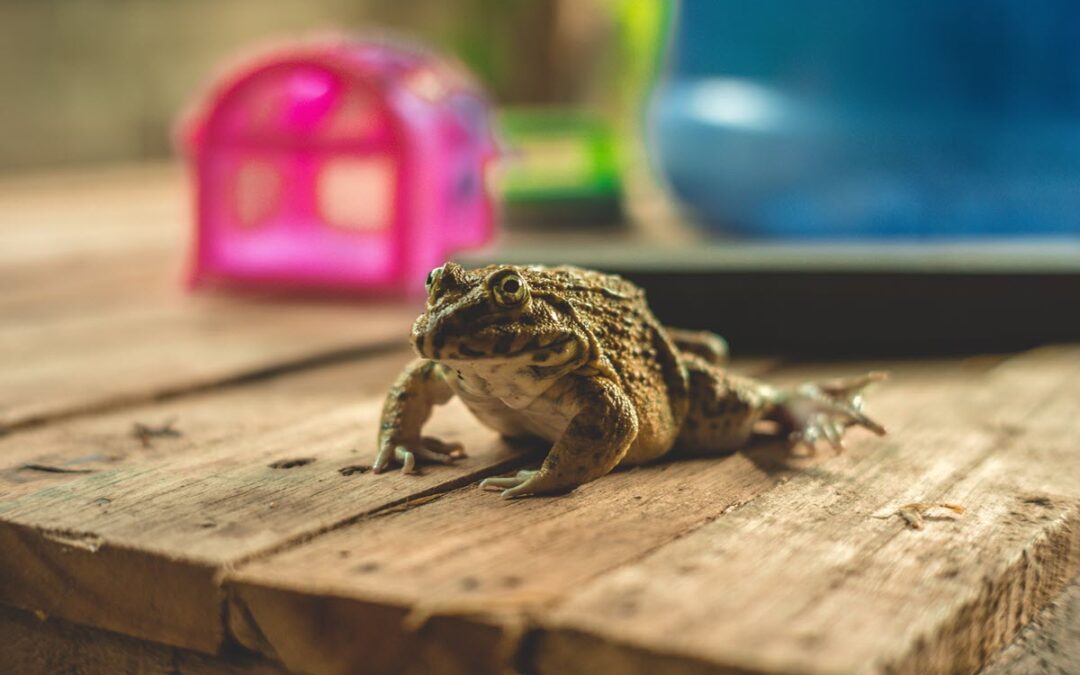Here’s What You Need to Know Before You Hop to It!
April showers bring May flowers and lots of frog calls. Are you thinking about getting a pet frog to appreciate these fascinating animals year-round? This blog highlights some important things you need to know before getting one.
Frogs are excellent pets for owners looking to have a display animal instead of one that needs to be walked or handled. They come in an assortment of colors, sizes, and shapes. Some will also vocalize at night, so it is best to know what it sounds like before you set up a habitat in the bedroom. Habitats for frogs can range from simple to an elaborately planted terrarium (also known as bioactive) that has tropical plants. Make sure that the plants do not have irritating spines or sap, as frogs have very delicate skin.
Think about what kind of pet frog you want
Like all exotic species, different species have unique care requirements. Before getting a frog, research the species you are interested in to understand their special needs for diet, habitat, temperature, humidity, lighting, and other factors like aggression. Some common species found in captivity are listed below.
- African Clawed frog (Xenopus laevis)
- African Dwarf frog (Hymenochirus boettgeri)
- Argentine Horned Frog (Pacman frog) Ceratophrys ornata
- White’s Tree frog (Litoria caerulea)
- Red-eyed tree frog (Agalychnis callidryas)
- Dart frogs (Dendrobatidae family)
Each frog has unique requirements. Some are aquatic, like the African Clawed frog, and need an aquarium filled with water. Some are semi-aquatic and need a tank that is half water and half land. Others need only land with a small water bowl. The land frogs can be further divided into those that live on the ground (terrestrial) and those that live in the trees (arboreal).
Diet
Frogs eat live prey, especially insects. In captivity, they are often fed fruit flies, crickets, mealworms, hornworms, and roaches. These can be purchased from a pet store but MUST be gut loaded before they are fed to your amphibian friend. We are what we eat, so we want to make sure the insects that we feed are nutritious for our frog friends as well. This can be done using premade mixes, or by offering the bugs a nutritious salad with veggies mixed in. We need to make them even more balanced by dusting them with calcium and vitamins. Calcium should be done every feeding, and vitamin once every two weeks. Many frogs are sensitive to low levels of vitamin A, so make sure that your vitamin mixture contains preformed vitamin A or mixed carotenoids. Young frogs need daily food, and adults can eat every other day. Make sure that there is not an overabundance of live food after feeding, as some can damage an amphibian’s sensitive skin.
Water
Frogs have amazing skin and even use it for part of their breathing. Because of this, it is very important that they have proper humidity. A small water bowl should be available to all amphibians, but make sure it is shallow as some species are poor swimmers and we do not want the danger of them possibly drowning. Make sure all water is treated so it is free of ammonia, chlorine, and chloramine, as these are toxic to amphibians. This can be done by using a water treatment additive such as Zoo Med ReptiSafe. Certain rainforest species need high humidity, so may require frequent mistings. Research your individual needs beforehand so you can set up an appropriate enclosure.
Frogs have very sensitive skin
Frogs are exotic animals who don’t like to be held or cuddled. They have extremely sensitive skin, which can be harmed even by seemingly harmless things, such as soap, perfume, or lotion residue on our hands. They are ideally not handled but gently moved from one container to the next with a nudge. If you must handle them for maintenance, it is ideal to use nitrile gloves. You can also rinse your hands thoroughly in ONLY water before picking up your frog friend.
Pet frogs need veterinary care, too
Like all other pets, frogs also require proper veterinary care. An initial visit to go over husbandry to identify issues will prevent emergencies down the road. Afterward, regular check-ups can help your vet detect early signs of infections and can offer treatment plans that can save the life of your pet. You can consult a veterinarian for species-specific dietary and habitat requirements. At Homey Gnome Vet Clinic, we love to cater to exotic animals, including pet frogs, snakes, turtles, hermit crabs, and other reptiles. You can book an appointment by visiting our website.
Image credit: Pexels


